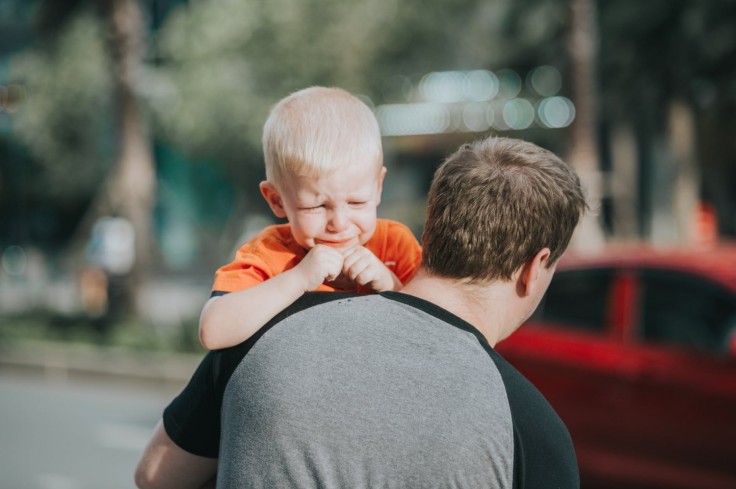
We all feel nervous, especially when we are in a new environment or we are confronting a new challenge. This is especially true for children as they are experiencing a lot of things for the first time. Anxiety is a normal response to situations and events like welcoming a new sibling to the family, meeting a teacher, or even moving to a new home.
Some amount of worry is good as it can prevent children from engaging in dangerous behaviors. But too much anxiety can interrupt daily life and it can harm a child's emotional development. How can you tell the difference between a normal level of nervousness and an anxiety disorder?
Why do children experience anxiety?
Anxiety becomes an issue when a child is worrying about a lot of things constantly, if it takes over his or her thoughts and if he or she is exaggerating. According to the NIMH or the National Institute of Mental Health, anxiety disorders are actually much more common than you might think. Numerous studies have shown that they affect up to 10 percent of kindergarten-aged children, a rate that jumps to 15 percent by high school.
Children usually experience increased anxiety as they grow more aware of their surroundings and as their imaginations expand. If you suspect this might be the case, it is important to talk to a doctor sooner instead of later.
Without treatment, an anxiety disorder may disrupt learning and it may lead to an increased risk of depression, substance abuse and other mental-health problems down the road. The good news is anxiety is also one of the most treatable psychiatric conditions.
Common types of anxiety
GAD, or generalized anxiety disorder, is the uncontrollable worry that a child feels. A child who has GAD usually envisions the worst-case scenario in every situation and makes extraordinary efforts to always plan ahead so that nothing goes wrong. If your child is suffering from GAD, he or she will usually appear stressed and he or she may suffer from frequent tummy aches, headaches, and insomnia.
Social anxiety is the constant fear of social situations in which a child feels judged by other people. This type of anxiety is more common in teenagers. Children and teenagers with social anxiety anticipate humiliation and they worry incessantly about appearing weird in front of adults or their peers.
SAD, or separation anxiety disorder, is a persistent worry about being away from parents. A child that suffers from SAD is fixated on the threat of loss that he or she has trouble attending school or daycare. SAD can also be linked to panic attacks, intense periods of fear which he or she may experience when in an unfamiliar place with unfamiliar people.
Most panic attacks do not recur, but a small number of children do not want to leave the house in order to avoid another episode. If this feeling persists, it may be an early sign of panic disorder, which is more common in adults and teens.
OCD or obsessive compulsive disorder causes intrusive thoughts and impulses in more than a million children in America alone. Children with OCD usually engage in ritualistic behaviors like excessive hand washing or repetitive counting in an effort to relieve anxiety. Because some children are more comfortable with routine, doctors make an OCD diagnosis only if the behavior interferes with normal, daily functioning.
ALSO READ: How To Detect Anxiety in Children And How To Help